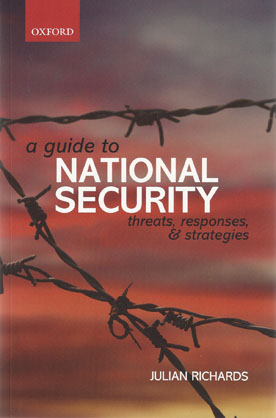
A Guide to National Security offers an analysis of the threats and policy responses facing the UK, presented within the framework of the Government's National Security Strategy and the Strategic Defence and Security Review.
It explores the processes and developments which have shaped the transformation of national security over the last three decades, and critically examines the processes of politicisation and securitisation that have delivered the new strategic vision.
Presented in three parts, the book has taken one of the key recommendations from the National Security Strategy - collaboration between police and national security agencies - and used this as both the viewpoint from which to assess the current state of play regarding the UK's national security, as well as the approach to identifying future threats and creating policies and tactics to deal with them.
Part One: Threats sets the scene for the current status of national security in the UK and relates this to the rest of the world, before moving on to the myriad of possible threats facing governments and intelligence services, from organised crime and terrorism to cyber-threats and failed states.
Part Two: Responses looks at the interaction between governments and other agencies in response to a threat, how that framework functions and is organized, as well as the action or response taken.
Finally, Part Three: Strategies offers a range of considerations for the future, including making a case for military restructuring, discussing domestic policies regarding radicalisation and other internal security issues, and the building of partnerships with the EU and the rest of the world, as well as within current international organizations, such as the UN and NATO. Throughout, the book presents opinions from leading figures across the agencies, including the National Security Council and members of ACPO, as well as case studies and suggestions for further investigation.
This book provides a number of fascinating and critical points for those interested in the UK's own national security organization, from those working in intelligence, counter-terrorism and organised crime within the police, staff within the national intelligence agencies, and policy advisers and officials. However, the contemporary era of globalisation means that it also has resonances for anyone involved in such issues across the Western world and beyond.